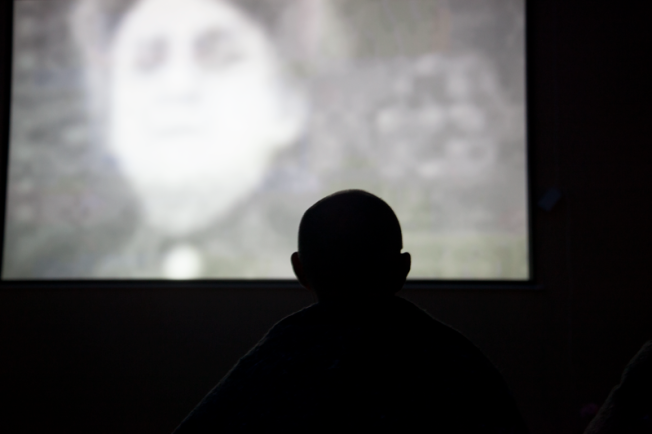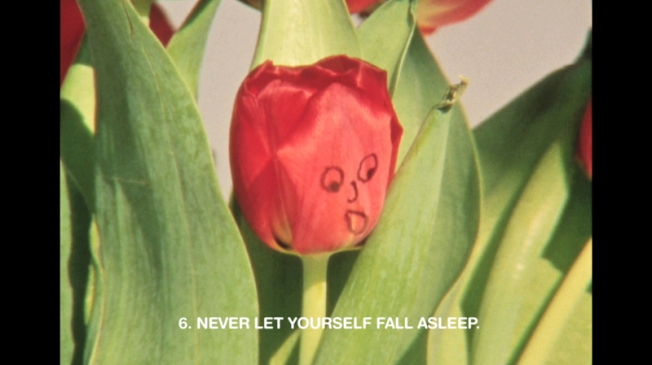
Among the new titles for the library: An Atlas Of Agendas by Bureau D’Etudes, Atlas Der Globalisierung by Le Monde Diplomatique, and Planet In Peril – An Atlas Of Current Threats To People And The Environment also by Le Monde Diplomatique
Our plans for the next five years of the cinema are under discussion throughout the spring, and we’ll continue to share them here on the blog.
The Swedish government has set some goals of their own for the year 2020, chief among them the reduction of carbon emissions by 40%, while 50% of our energy use should come from renewable sources, 10% of our energy for transportation should come from renewable sources, and energy use in general should be 20% more efficient. Progress can be followed here >
When we set the goals for the cinema, of course we want to be better than the government. So we’re aiming for a steeper reduction of our carbon emissions. It will result in our giving up touring with the van. If anyone would still be interested in hosting us by 2020, we’d have to use another mode of transportation, or another format for the screenings – and we’ll have more info on this shortly! We’re of course also aiming for an expansion of the solar panel setup at our main facility in the village, even though most of the energy used by the cinema during a summer season already comes from them. But the installation of more panels could compensate for energy used outside-of-but-for the cinema in the production by others of goods and services that we need. Finally, in this segment, we’re also discussing how the format of a library can be used in the village. What could usefully be lent and borrowed at the library besides books, for efficiency and savings? Maybe electricity?

From the cover of An Atlas Of Agendas by Bureau D’Etudes: HELIOSPEHRE – COMMUNISM OF WARMTH – sharing warmth – sharing light
.





